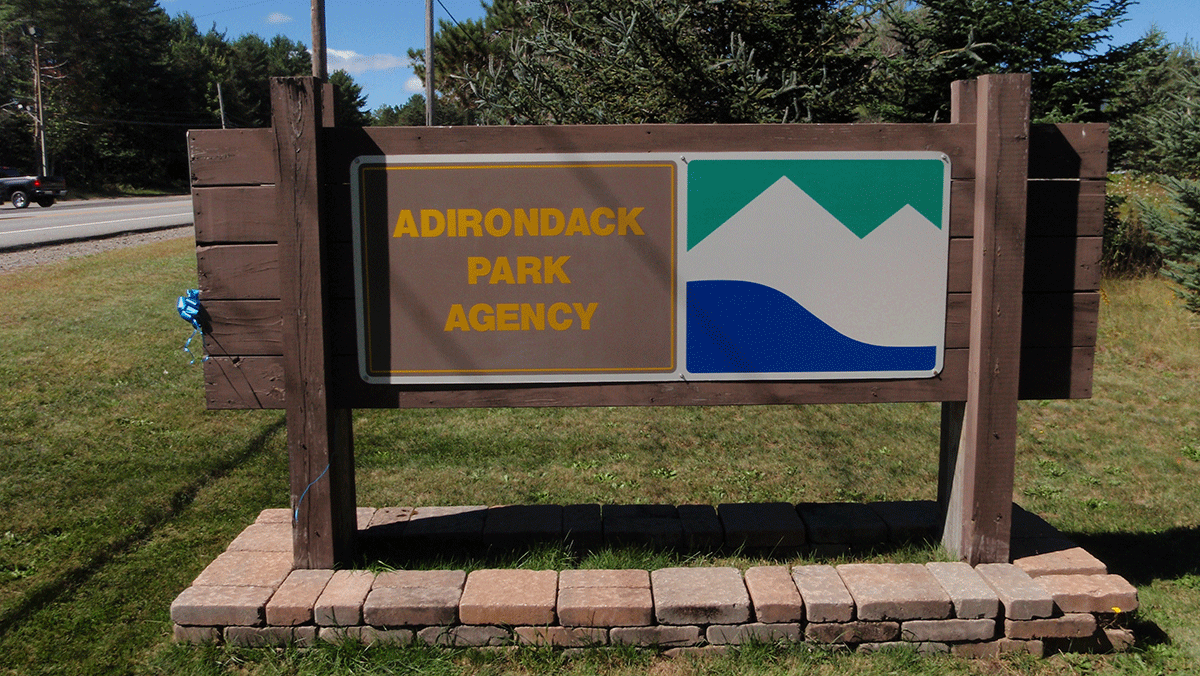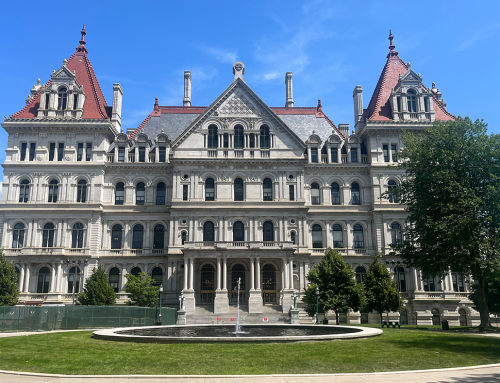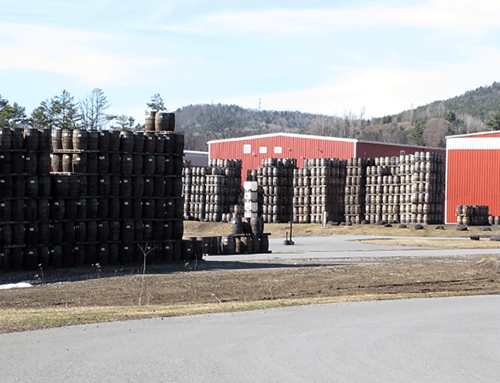Recently, we saw news that Governor Kathy Hochul has instructed state agencies to develop and submit plans for greater transparency. As we wrote in a related piece, this is good news and welcome news. Protect the Adirondacks has watched over the decades as state agencies have restricted more and more of what was once basic and easily accessible public information.
In a related post we wrote about how the Department of Environmental Conservation (DEC) could improve its work and embrace openness and transparency. We provided a list of suggestions for ways to change its Forest Preserve work and other items relating to the Adirondack Park. These ideas would make meaningful and important reforms and should be included in the DEC’s “Transparency Plan” that it is soon to submit to Governor Hochul.
This article provides a list of the ways that the Adirondack Park Agency (APA) could improve its work and embrace a new day of openness and transparency. The APA, like the DEC, could do its work much better and make changes so that it is a more open and transparent public agency.
Unlike the DEC, which is managed unilaterally by political appointees, the APA has a supervisory Board of private citizens who are supposed to manage the agency and ensure public accountability. In the Andrew Cuomo years that was turned on its head as the citizen Board members saw their independence and authority curtailed as the Governor’s staff and APA senior staff ran everything. A few years back, one former APA Chair boasted at an APA meeting about how great it was when she and top APA staff were given “blackberries” by the Governor’s staff. These devices famously do not retain messages. She said this meant that the Governor’s staff were virtually “just down the hall” and were always easily available. APA leaders were unconcerned about preservation of records or undue interference. Here, the APA Chair was seemingly pleased to be connected and accountable to the Governor, but not to the public.
The APA Board did not meet in September and is holding a brief monthly meeting on the afternoon of October 14th. The APA meets again publicly on November 18-19th. Governor Hochul’s deadline for submission of the APA’s “Transparency Plan” is somewhere around October 20th. One has to wonder whether the APA Board has been informed about the drafting of the APA’s “Transparency Plan.” What input did APA Board members have in this process? What is their role in promoting greater transparency at the APA? What is their role in answering Governor Hochul’s call for greater openness and meeting this moment to reform the APA?
The list below are items that we hope that the APA puts front and center in its Transparency Plan that they submit to Governor Hochul.
- Make public the “APA Transparency Plan” that is submitted to Governor Hochul as soon as it’s presented to the Governor.
- Remove the gag order on APA Board members. The current APA Executive Director Terry Martino and the APA Counsel Chris Cooper instruct APA Board members not to speak to the press or the public about their work on the APA. If the Governor of the State of New York has seen fit to nominate a person to the APA Board, and that person was seen fit to be approved by the State Senate, then we all have to trust that that person is competent to speak publicly about APA matters and can talk openly and honestly about their work on the APA Board. Board members are required to get approval to attend events and to file reports with the Counsel about any event or meeting that they attend. The gag order on APA Board members must be lifted and they must have complete freedom to talk to and attend any event that they please. It’s things like this that show how the Governor’s Office works to control APA Board members and shows how APA senior staff do the bidding of the Governor and not the bidding of its citizen board or the Adirondack Park. APA Board members should be allowed to speak freely about anything involved in their public service work on the APA Board at any time, with the lone exception being when official rules that bar ex parte communications are in effect during a formal adjudicatory public hearing (which is rare). The APA Transparency Plan should state that as a matter of APA policy its Board members retain their right to freedom of speech.
- Post all permits issued. When a permit is issued, it should be posted on the APA website. The Town of Queensbury has posted detailed summaries of all permits its issued since 1994. They post these summaries every month. The Town of Queensbury has far fewer resources than the APA. The APA could easily start to post PDFs of every permit it issues and should post permits for the last 10 years. These permits exist already in a PDF format and would be easy to post every month.
- More detailed information should be provided to the public when the APA seeks public comments. State law requires that the APA seek public comment on completed applications for many projects. When the APA requests public comments it provides only a few sentences of information to describe the project, which limits the effectiveness of a public comment. At the time that the APA seeks public comments, it should post the entire project application file. APA requires applicants to provide application materials in a PDF format so the APA should be able to provide the complete application file of a given project during public comment periods. All written staff correspondence, and all other related materials/correspondence, should also be included with application materials.
- All correspondence between the Adirondack Park Agency and the Department of Environmental Conservation staff in developing a Forest Preserve work plan should be included in the work plan as an Appendix. These memos and emails already exist. They should be made public to provide greater transparency and accountability.
- All correspondence between the Adirondack Park Agency and Department of Environmental Conservation in the development of draft Unit Management Plans (UMPs) should be included in an Appendix in the draft UMP. Again, these memos and emails already exist. They’re being included to provide greater transparency. The APA-DEC Memorandum of Understanding (MOU) details the required correspondence between the agencies on UMPs development.
- When the APA holds a public hearing/meeting on the conformance of a final draft Unit Management Plan, the APA should create a Response Documents to respond to substantive public comments. DEC creates a Response Document on the draft UMP as required by the State Environmental Quality Review Act. The APA creates Response Documents on state land classification hearings. The APA should as a matter of basic good government create a Response Document on final draft UMPs for which it solicits public comment.
- The APA has a Public Comment Policy (Agency-2) for its monthly Board meetings. It states “Written comments related to permit proceedings and enforcement cases before the Agency or any Committee will be accepted so long as such comments are received by noon on the day prior to the scheduled commencement of the Agency meeting.” The problem is that letters submitted to the APA under this policy are not uniformly transmitted to the APA Board. In pre-COVID times, these letters were placed in mailboxes of APA Board members, where they routinely remained unread. During virtual meetings in the COVID era, these letters were emailed to the Board. The APA needs to make it a priority to ensure that public comments submitted to the APA Board under its Public Comment policy are in fact received by APA Board members. The APA needs to create an effective process to ensure that all public comments submitted under its Public Comment Policy are truly provided to the APA Board in advance of its monthly meeting so that Board members have the opportunity to actually read them. Controlling the flow of information to the APA Board is yet another way that the Governor’s Office asserts control.
- All “Enforcement” file information should be public, including notes from site visits. All enforcement settlement agreements should be posted. The only information that should be shielded is information to protect the identity of the person making the complaint.
- All staff comments and memos should be included in a private land or Forest Preserve project file. There have been too many stories at the APA of staff who wrote memos about a controversial issue, but they were never included among official documents in a project file.
- All memos, directives, or instructions to staff from APA senior staff should be made public. These directives set policy for the APA and should be disclosed to the public.
- The APA annual report is inconsistent and often fails to provide basic data, such as number of new residential, commercial or industrial buildings approved or the number of new lots approved. The APA should post online a report annually that includes a spreadsheet of its entire scope of activities organized by town/village. The APA Board should assess and develop a policy about information provided to the public on an annual basis and provided in its annual report.
- All variances referred to the APA from towns with APA-approved plans should be made public on a monthly basis. The APA responses to these variances should also be disclosed at the same time.
- All Resource Analysis and Scientific Services staff memos and reports from field visits and other analysis/evaluations should be included with the project review file and made public on a monthly basis.
- A set of long-term indicators of overall Adirondack Park environmental health should be developed and used by the APA to evaluate the efficacy of its work. This effort was started, and then buried, decades ago.
In the end, the state’s Freedom of Information Act law needs to be changed. There should be no “shielded” internal correspondence among state agency staff. No information from state agencies should be withheld. In its “Transparency Plan” the APA should provide its thoughts about ways to strengthen the state’s Freedom of Information laws.
The APA has long had a very efficient and responsive public information office. The APA has been fortunate in that very capable and conscientious individuals have staffed this office for decades. In my time doing this work I’ve dealt with just two individuals at the agency who generally produce requested information promptly, especially when an issue is involved in some form of public decision. The requirement under former Governor Cuomo that all Freedom of Information requests must be cleared first by the Governor’s Office was an unnecessary impairment to accessing public records. Governor Hochul should rescind this requirement and streamline the Freedom of Information process so that this work is handled by the professional staff at state agencies.
The APA could do a much better job at making basic information easily available as a matter of practice. The list of reforms above is a good start for how the APA could do its work better.






